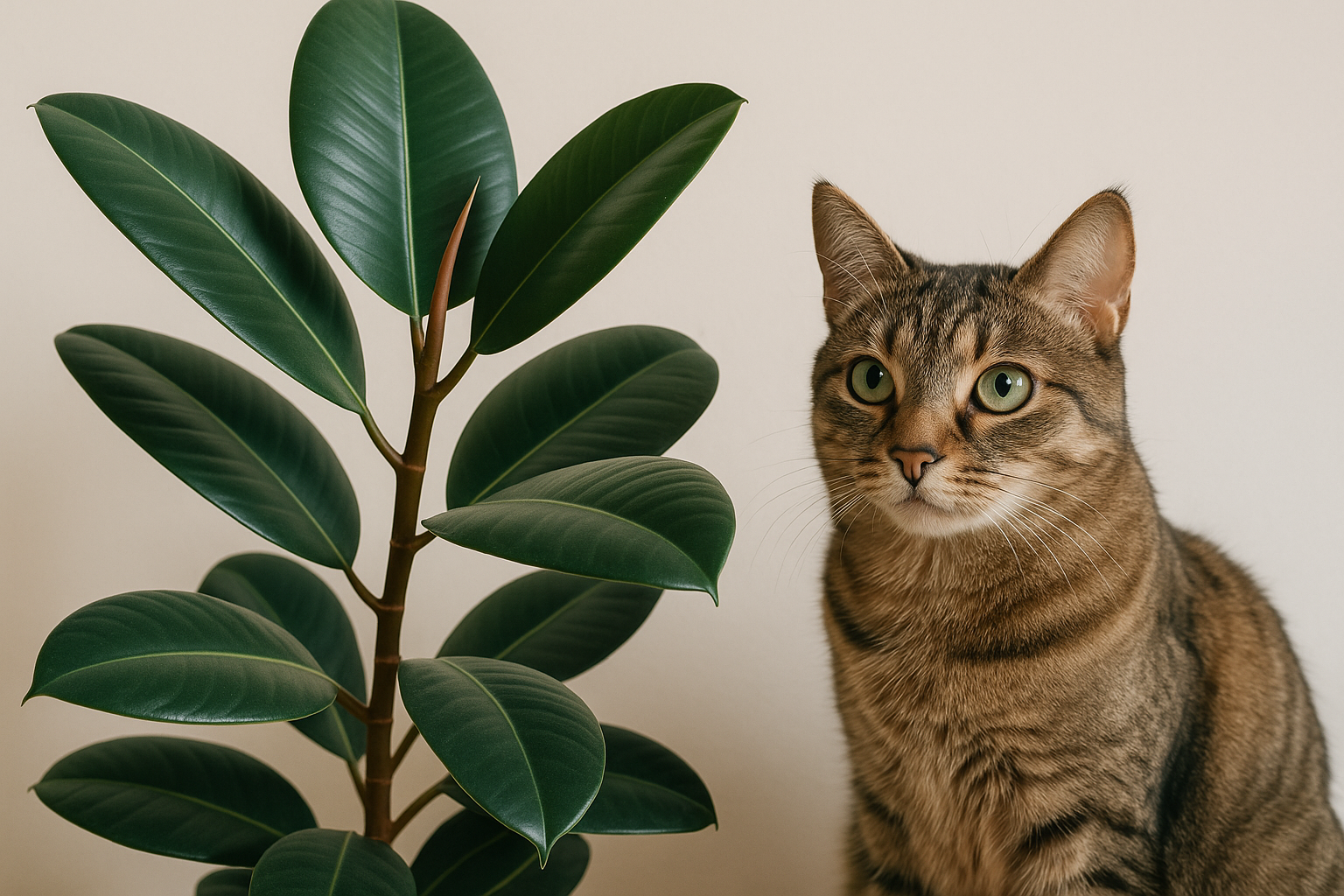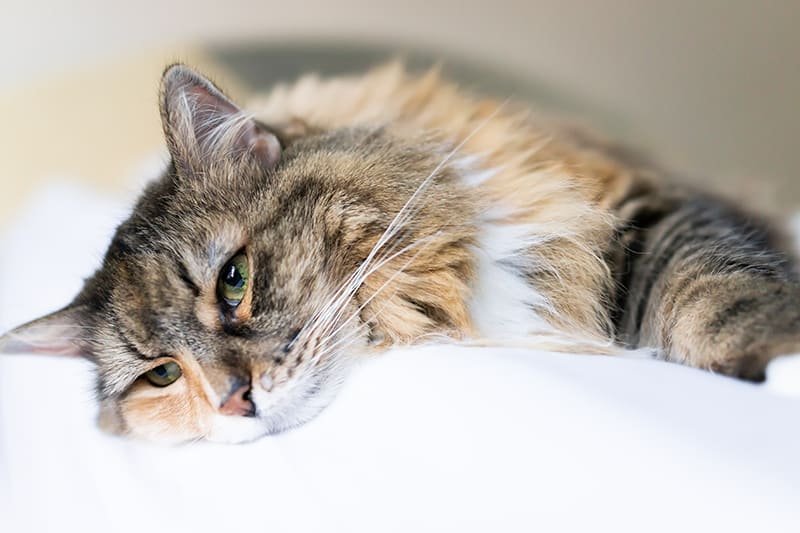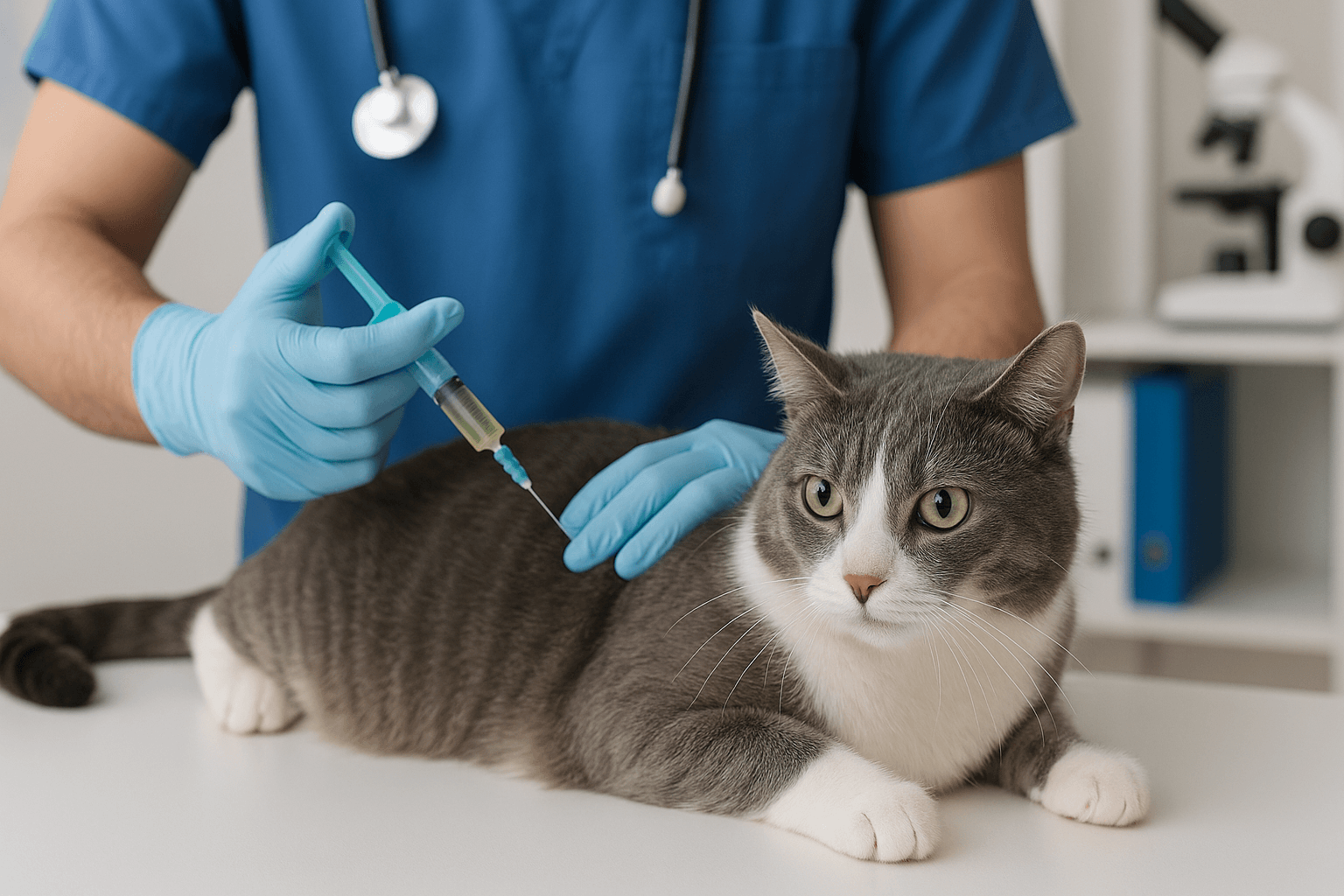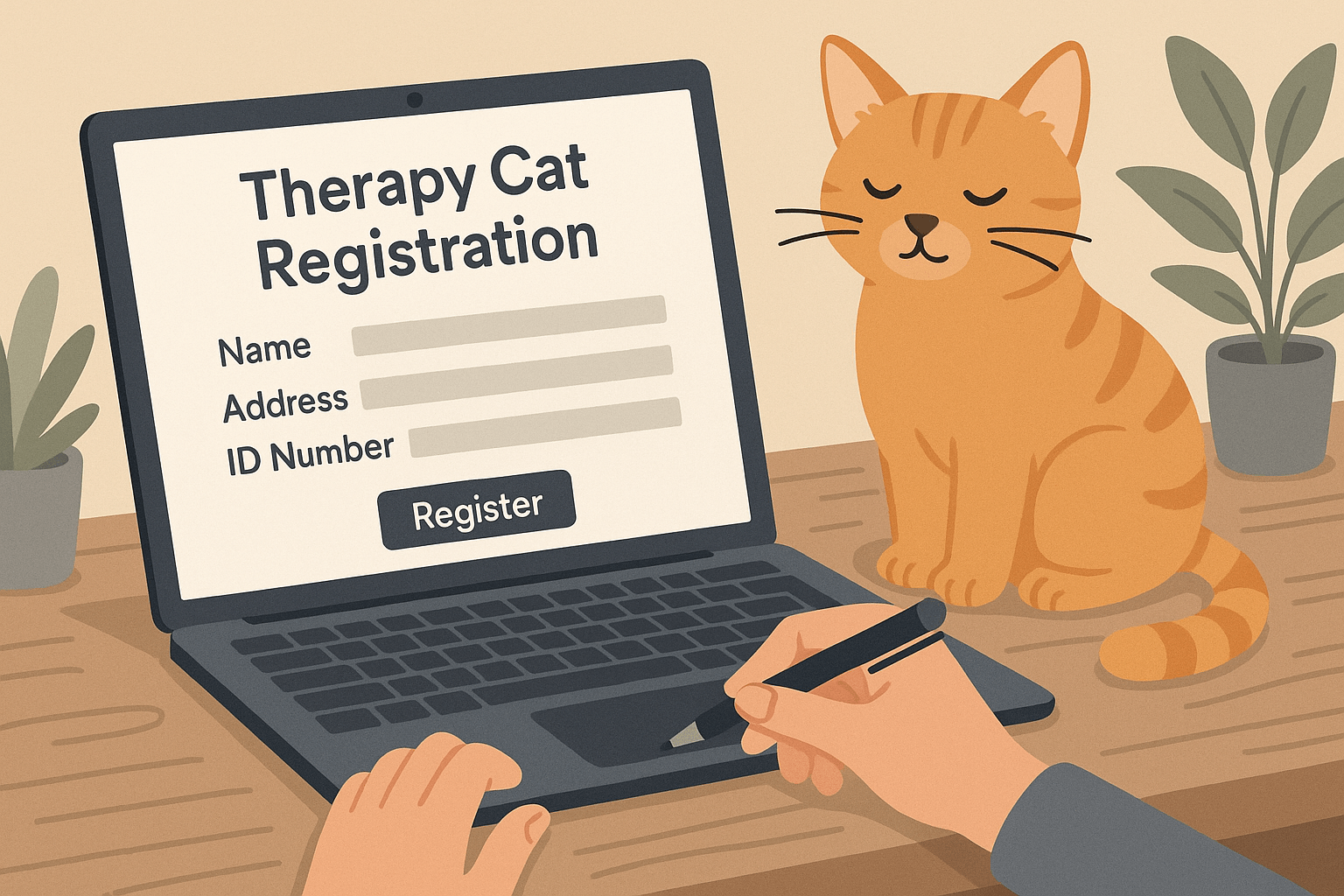Can Cats Eat Hyacinth? What You Need to Know
Hyacinths are beautiful, fragrant flowers that brighten up gardens and homes during springtime. However, if you’re a cat owner, it’s crucial to understand whether these plants pose any risks to your feline friend. Cats are naturally curious creatures, often exploring their surroundings by nibbling on plants. While some plants are safe for cats, others can be toxic or even life-threatening. In this blog post, we’ll explore everything you need to know about cats and hyacinths, including potential dangers, symptoms of poisoning, and how to keep your pet safe. By understanding the risks, you can ensure your home remains a safe and cat-friendly environment.
Why Hyacinths Are Dangerous for Cats
Hyacinths contain toxic compounds that can harm your cat if ingested. Understanding the specific risks associated with these plants is essential for protecting your furry companion.
Toxic Compound: Calcium Oxalate Crystals:
Hyacinths contain calcium oxalate crystals, which can irritate a cat’s mouth, throat, and digestive system.Skin Irritation from Sap:
The sap of hyacinths can cause skin irritation or allergic reactions if your cat comes into contact with it.Gastrointestinal Upset:
Ingesting even small amounts of hyacinth can lead to vomiting, diarrhea, and drooling due to oral irritation.Risk of Choking:
Cats may chew on hyacinth leaves or bulbs, increasing the risk of choking or blockages in their digestive tract.Severity Depends on Amount Consumed:
While small nibbles may only cause mild discomfort, consuming larger quantities can lead to more severe symptoms.
These risks highlight why it’s important to prevent your cat from accessing hyacinths and other toxic plants.
Signs Your Cat May Have Eaten Hyacinth
If you suspect your cat has ingested part of a hyacinth, watch for these signs of poisoning. Early detection and treatment are critical for your cat’s recovery.
Excessive Drooling:
Oral irritation caused by calcium oxalate crystals often results in increased salivation.Vomiting or Diarrhea:
Gastrointestinal upset is a common symptom of hyacinth ingestion and should not be ignored.Pawing at the Mouth:
Cats may paw at their face or mouth due to burning sensations caused by the plant’s toxins.Loss of Appetite:
Discomfort or nausea may cause your cat to refuse food or water temporarily.Difficulty Swallowing:
Swelling or irritation in the throat can make swallowing painful or challenging for your cat.
Recognizing these symptoms early allows you to seek veterinary care promptly and minimize potential complications.
Check this guide 👉Can Cats Eat Begonias? Best 7 Expert Tips!
Check this guide 👉Can Cats Eat Philodendron? Best 7 Expert Tips!
Check this guide 👉Can Cats Eat Violets? Best 7 Expert Tips!
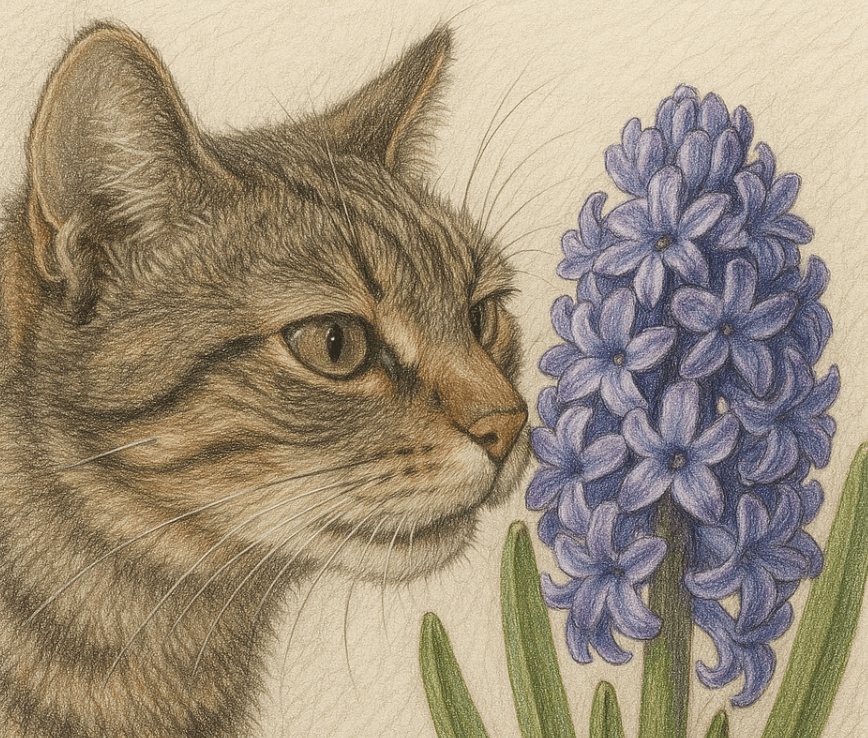
Safe Alternatives to Hyacinths | Plants Toxic to Cats (Including Hyacinths) |
|---|---|
Spider Plant | Lilies |
Boston Fern | Daffodils |
African Violet | Tulips |
Bamboo | Amaryllis |
Cat Grass | Hyacinths |
How to Keep Your Cat Safe Around Hyacinths
Preventing exposure to hyacinths is the best way to protect your cat from potential harm. Follow these tips to create a safer environment for your feline friend.
Place Hyacinths Out of Reach:
If you love hyacinths, display them in areas where your cat cannot access them, such as high shelves or hanging planters.Use Barriers or Fencing:
For outdoor hyacinths, consider using fencing or barriers to keep curious cats away from garden beds.Train Your Cat to Avoid Plants:
Use positive reinforcement techniques to teach your cat which plants they should avoid.Provide Safe Alternatives:
Offer cat-safe plants like cat grass or catnip to satisfy your cat’s natural urge to chew on greenery.Supervise Outdoor Time:
When letting your cat outside, supervise them closely to prevent accidental ingestion of toxic plants.
Taking these precautions ensures your home and garden remain safe spaces for your beloved pet.
What to Do If Your Cat Eats Hyacinth
If your cat accidentally consumes part of a hyacinth, quick action is essential to minimize harm. Follow these steps to address the situation effectively.
Remove Any Remaining Plant Material:
Gently remove any pieces of the plant from your cat’s mouth to prevent further irritation.Rinse Their Mouth with Water:
Offer fresh water or gently rinse their mouth to alleviate discomfort caused by calcium oxalate crystals.Contact Your Veterinarian Immediately:
Even if symptoms seem mild, consult your vet for professional advice tailored to your cat’s condition.Monitor for Symptoms Closely:
Keep an eye on your cat for signs of worsening symptoms, such as difficulty breathing or persistent vomiting.Do Not Induce Vomiting Without Guidance:
Attempting to induce vomiting without veterinary supervision can sometimes worsen the situation.
Acting swiftly and responsibly ensures your cat receives the care they need to recover safely.
Common Mistakes Cat Owners Make with Houseplants
Many cat owners unknowingly put their pets at risk by bringing toxic plants into their homes. Avoiding these common mistakes can help you create a safer space for your cat.
Assuming All Plants Are Safe:
Not all plants are harmless; always research before introducing new greenery to your home.Leaving Toxic Plants Within Reach:
Placing plants on low tables or shelves increases the likelihood of accidental ingestion.Ignoring Early Warning Signs:
Delaying veterinary care after noticing symptoms can worsen your cat’s condition.Using Harmful Deterrents:
Some deterrent sprays or chemicals may harm your cat instead of keeping them away from plants.Underestimating Curiosity:
Cats are naturally inquisitive, so assume they will investigate any new additions to their environment.
Avoiding these pitfalls ensures your home remains a safe haven for your feline companion.
Benefits of Cat-Safe Plants in Your Home
Adding cat-safe plants to your home not only enhances its aesthetic appeal but also provides enrichment for your cat. Here are some benefits of choosing non-toxic options.
Encourages Natural Behaviors:
Cat-safe plants like cat grass allow your cat to engage in natural grazing behaviors.Reduces Stress and Anxiety:
Greenery can create a calming atmosphere, benefiting both you and your pet.Improves Air Quality:
Certain plants help purify the air, creating a healthier environment for everyone in your household.Eliminates Toxic Risks:
Non-toxic plants give you peace of mind knowing your cat won’t suffer from accidental poisoning.Strengthens Bond Through Play:
Interacting with your cat around safe plants fosters bonding and mutual enjoyment.
Choosing cat-safe plants ensures harmony between your love for nature and your pet’s well-being.
How to Train Your Cat to Avoid Toxic Plants
Training your cat to steer clear of toxic plants requires patience and consistency. These strategies can help redirect their behavior effectively.
Use Positive Reinforcement:
Reward your cat with treats or praise when they ignore toxic plants and focus on safe alternatives.Apply Bitter Sprays Safely:
Non-toxic bitter sprays can deter cats from chewing on harmful plants without causing harm.Create Physical Barriers:
Place potted plants in areas inaccessible to your cat, such as behind gates or on high shelves.Redirect Their Attention:
Offer toys or interactive games to distract your cat from exploring dangerous plants.Be Consistent with Boundaries:
Enforce rules consistently to reinforce the idea that certain plants are off-limits.
With time and effort, training can help protect your cat from the risks posed by toxic plants.
Frequently Asked Questions About Cats and Hyacinths
Are all parts of the hyacinth toxic to cats?
Yes, all parts of the hyacinth, especially the bulbs, contain toxic compounds that can harm cats.
Can a small nibble cause serious harm?
While small nibbles may only cause mild irritation, larger amounts can lead to more severe symptoms requiring medical attention.
What should I do if my cat vomits after eating hyacinth?
Contact your veterinarian immediately to determine the best course of action based on your cat’s condition.
Are there any safe indoor plants for cats?
Yes, plants like spider plants, Boston ferns, and African violets are non-toxic and safe for cats.
How can I stop my cat from chewing on plants?
Provide cat-safe alternatives like cat grass, use deterrent sprays, and train your cat to avoid dangerous plants.
Protecting Your Cat from Hyacinth Poisoning
While hyacinths add beauty to our homes and gardens, they pose significant risks to curious cats. Understanding the dangers, recognizing symptoms of poisoning, and taking preventive measures are key to ensuring your cat’s safety. By creating a cat-friendly environment and seeking prompt veterinary care when needed, you can enjoy the beauty of plants like hyacinths without compromising your pet’s well-being. Remember, a little awareness goes a long way in keeping your feline friend happy, healthy, and safe.
Is the Rubber Tree Cat Safe? Best 7 Expert Tips! Discover expert advice on keeping rubber plants safely in cat-friendly homes and learn top tips for pet-safe plant care.
Low Red Blood Cell Count in Cats: Best 7 Expert Tips! Discover causes, symptoms, and treatment options for feline anemia. Learn how to support your cat’s health effectively with expert advice.
Understanding Megacolon Treatment: Best 7 Expert Tips! Discover effective strategies to manage feline megacolon, from dietary changes to surgical options, ensuring your cat’s comfort and long-term health.
How to Register a Therapy Cat: Best 7 Expert Tips! Discover essential steps to certify your cat as a therapy animal, prepare them for training, and make a meaningful impact in therapeutic settings.

